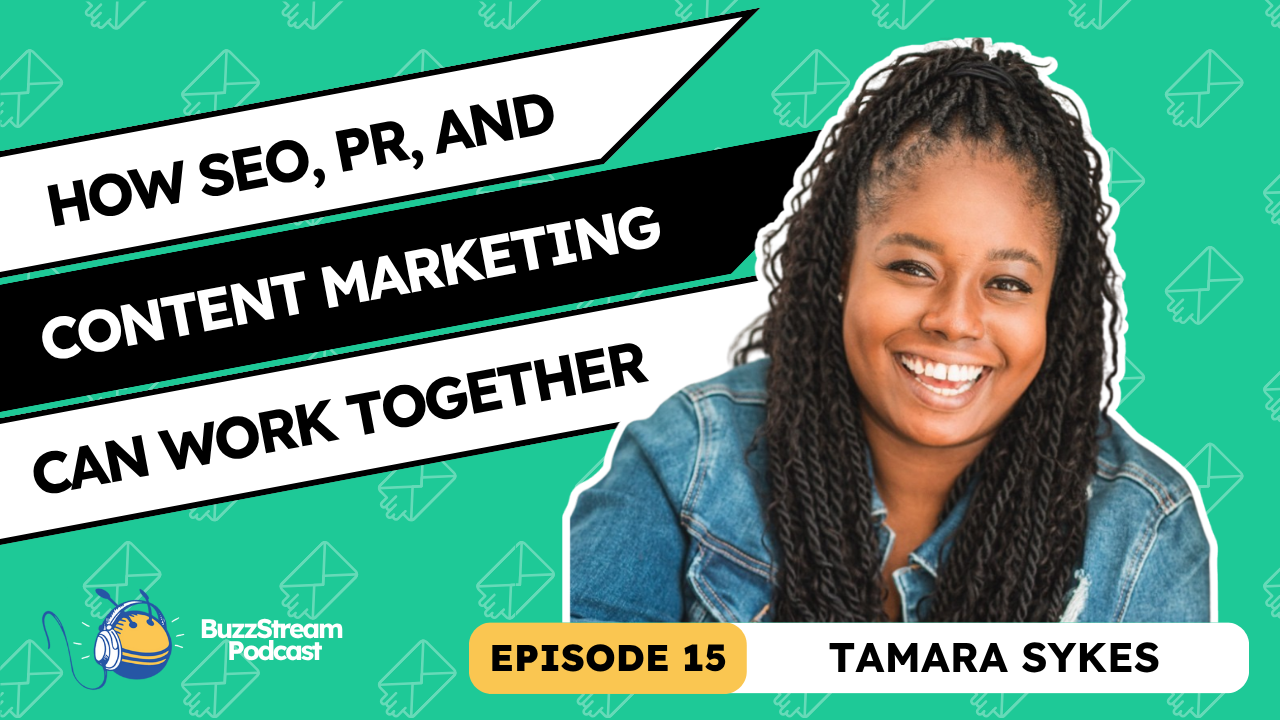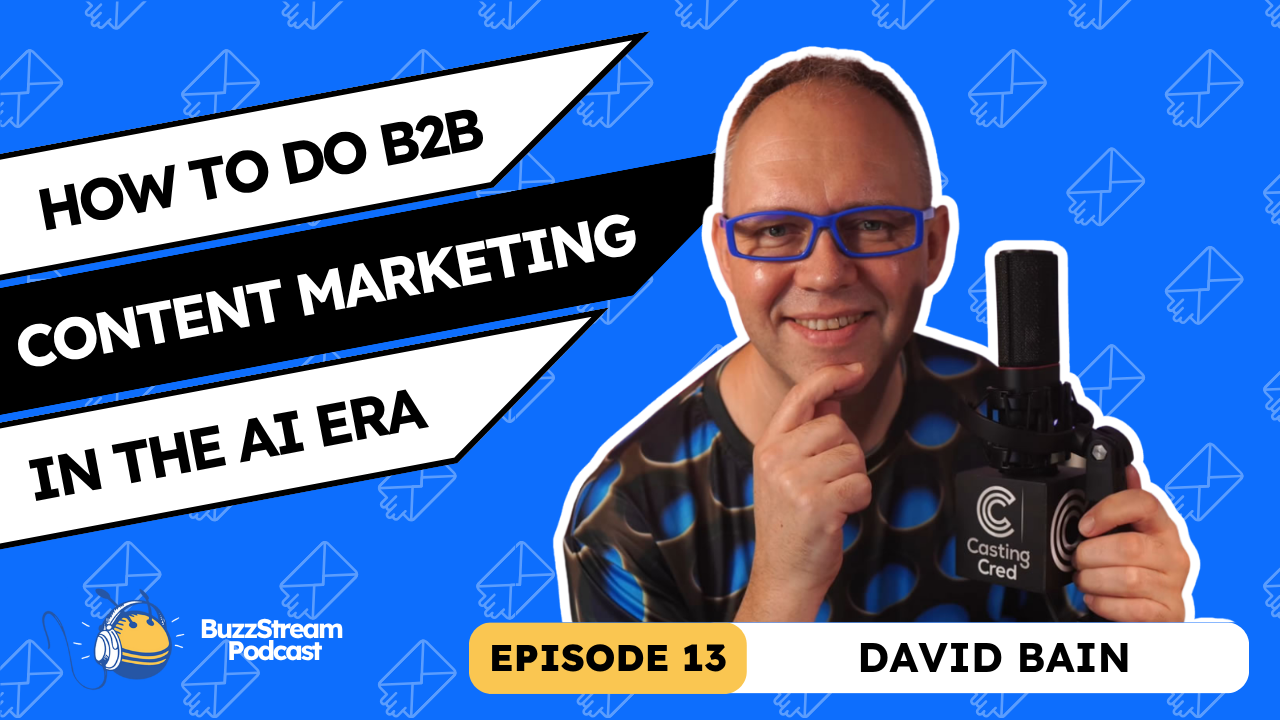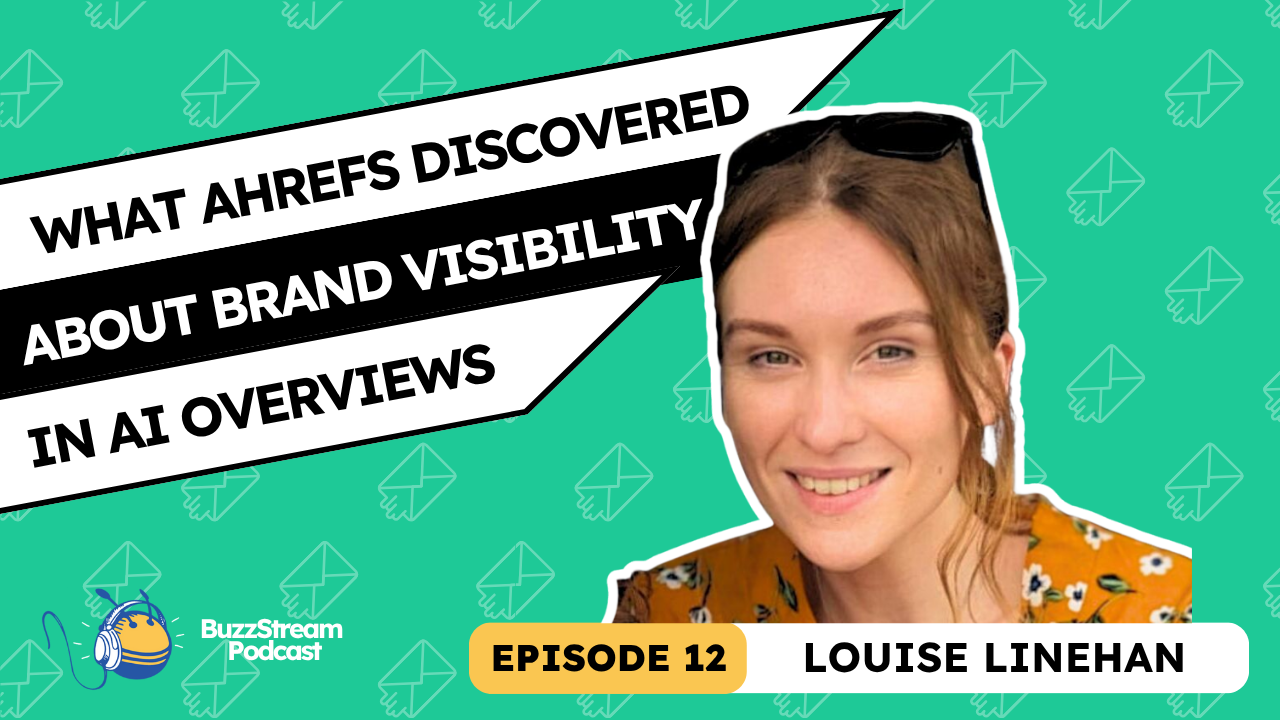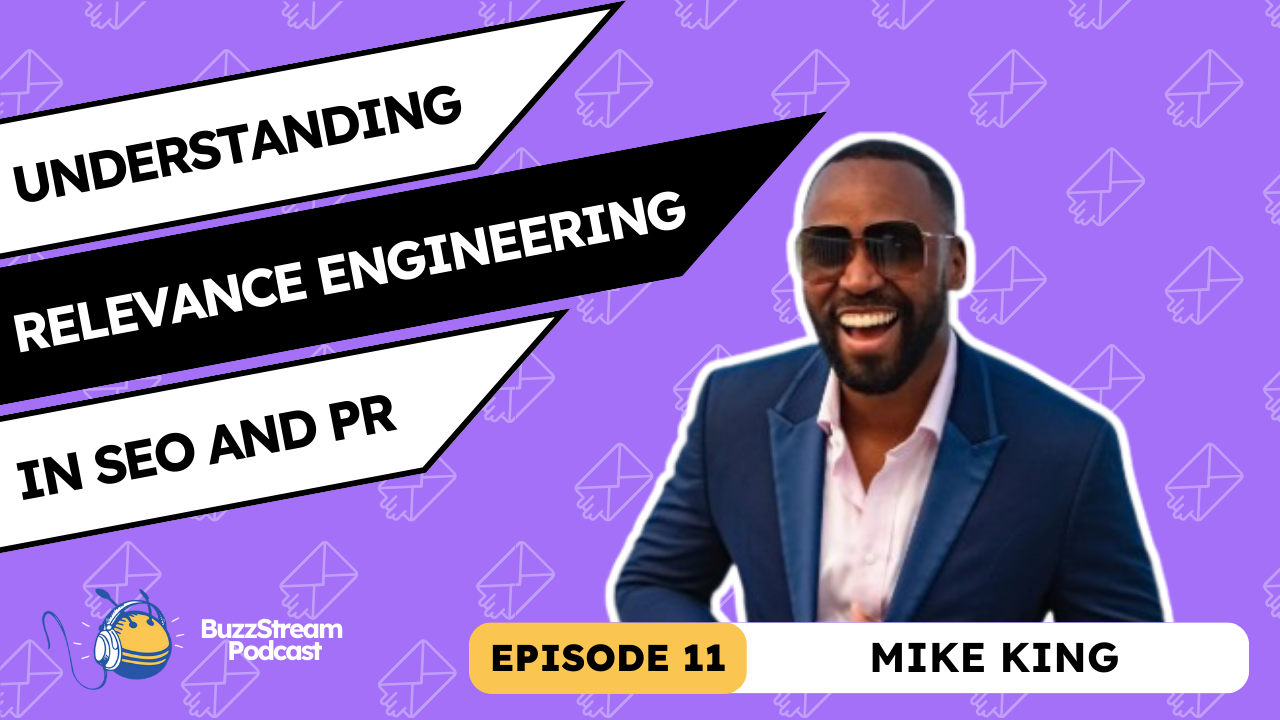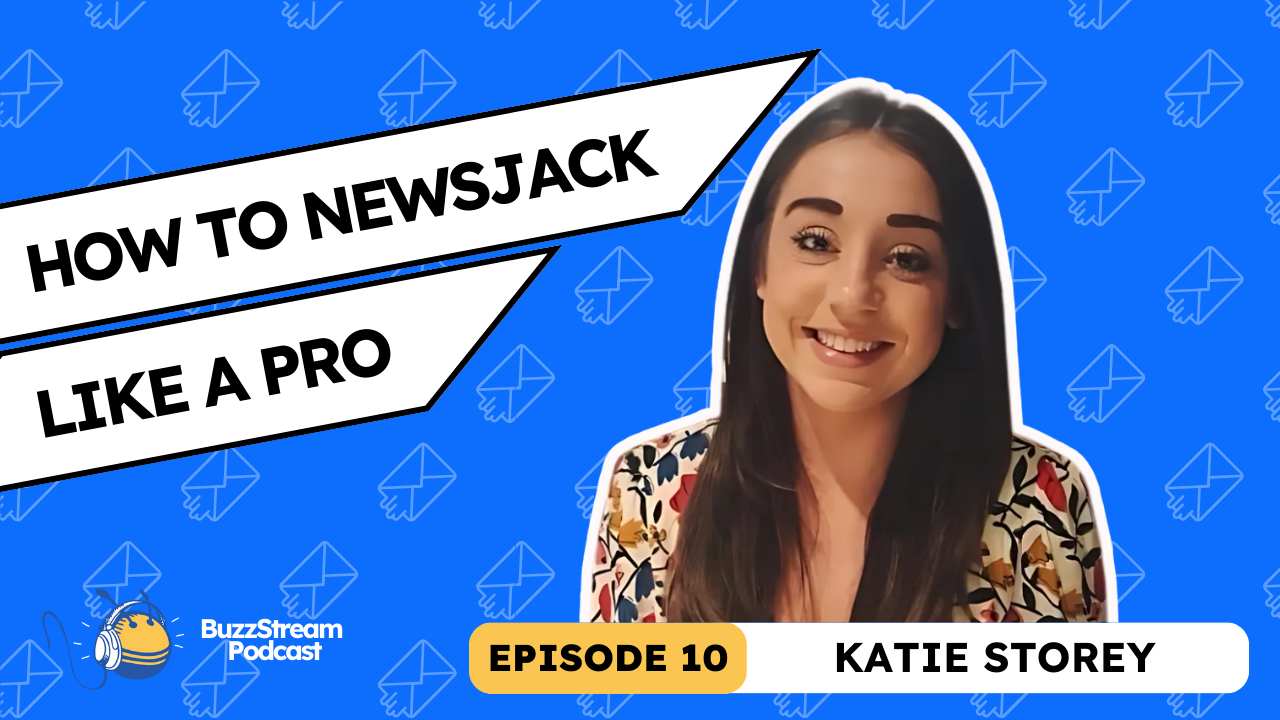Table of Contents
- Reactive PR requires speed and specificity—jump on news within hours using expert quotes tailored to current headlines.
- Use AI tools like ChatGPT to surface timely, relevant stories across industries for each client daily.
- Build editorial calendars around recurring news cycles (e.g. heatwaves, cyberattacks) to proactively prep reactive content.
- Segment media lists by journalist beat, not just industry, for higher placement success and stronger relationships.
- Avoid overreaching—only pitch when your client has real authority and awareness of the broader news context.
- Pre-plan quote structures, not full responses, so client feedback is fast and always feels timely.
Leah Daly has been crushing it at reactive PR as the Digital PR Manager with FatJoe, constantly juggling multiple clients at once, while still getting coverage. She also has an interesting setup at FatJoe where clients essentially “order” placements and she has to go out and get them. It’s not a passive/opportunistic approach like most people who utilize reactive PR in their strategies.
So, Leah has developed some really great workflows and tactics to ensure she is getting coverage for her clients.
And as more people flock to digital PR, the reactive piece is getting more challenging, so this chat with Leah couldn’t have come at a more critical time.
Pair this with our chat about reactive PR with Mark Rofe, and you’ve got yourself a power play.

What is Reactive PR?
Reactive is basically anything that you can jump on quickly.
There are a couple of different terms floating around.
Some people might have heard of newsjacking, which is essentially hijacking the news.
You also have terms like ‘expert commentary,’ but I think they all fall under the umbrella of reactive, pure content that responds to something topical in the news.
It could be breaking news, or something relevant in your client’s industry at the time when you feel they have the authority to speak on it.
How Do You Connect Your Brand to News?
I think within reactive PR, you do need to keep the scope broad because you want to, but obviously, relevance is so important.
For example, to increase your chances, you do need to go broad, but you’d need to be in similar verticals.
For example, if we had a roofing client, you could go into home improvement rather than just roofing, because there are only so many opportunities to jump on, as roofing expert commentary is needed.
But you do need to keep it broad and stay within your realm.
Otherwise, it’s gonna be so irrelevant to your client and your journalist.
The simplest way to ensure you are relevant is to ask, if you read this yourself and you saw that a finance expert is coming to speak on something not finance-related, like health or relationships, is it too far?
How to Create Your Daily Reactive Workflow
There are a few steps:
Set Up Fact-Finding Sessions
Fact-finding sessions and similar work with your client are super important.
You need to keep in mind that you’re the expert at digital PR, but they’re the expert in their field and that’s why you’re using them.
I love it when I get a new client on, I sit down and have a fact-finding session.
We see what they can bring to the table, then teach them how to structure the quote so they can give me the best to work with.
Create Editorial Calendars
Create your calendar.
Do it by industry, or, if possible, by client, if you have the time.
Just be prepared for what’s coming up, and then that way you can reach out to your client and kind of preempt the news.
Use Google News
Use tools like Google News if you don’t even have these expensive tools.
Go back to what was covered last year; what’s covered the same time every year.
All of that kind of stuff is almost a proactive approach to reactive PR.
For instance, every year we get a heat wave or workplace issues.
News cycles are repetitive. So crack it that way.
Another example could be a cyber attack.
If you have a cyber client, that’s a gold mine.
Create Google Alerts
Get Google alerts set up. You may want to do it by industry vs by client.
At Fat Joe, we have many repeat clients, but we work on an order-by-order basis.
So for me, when I look at it, I look at industry by industry rather than specific client by client sometimes.
Use ChatGPT to Find Opportunities
I’m of the mindset that there is always something that you can jump on for your client.
But there’s always something coming up in some area of the news.
I use ChatGPT in the mornings.
I put in all my clients and all the industries they’re in, and three main news sites I would like to get covered.
And I say, can you run these three sites, find some stories that are relevant to my client, and put them in this space?
And then, from there, we’ll go, and we can build stories around it and jump on it like that.
If you’re not learning how to integrate this into your daily workflow, you’re definitely falling behind.
That said, you still need that human touch for writing pitches.
But for things like searches that would take you a long time, I think we need to use these tools.
What Does a Reactive Pitch PR Look Like?
In terms of reactive, I like just to keep it completely simple:
Here’s my client.
They’re so and so from so and here’s their comment.
This is their background.
If there is any more information you need, let me know.
And nine times out of 10, if the journalist wants to cover you and you didn’t include something in that pitch that they need, they’ll get back to you.
It’s more about drafting the perfect quote and making sure you cover all the key elements.
Pitching Quotes vs Full Articles
I’m a little bit biased because I eat, sleep, and breathe reactive PR.
I’m constantly checking my phone’s news alerts.
But I do think the reactive approach is better, and it’s clean and straightforward, and it takes less time.
Your media list will be smaller and more condensed.
It’s the exact people you wanna be targeting, rather than keeping it more broad.
With quotes, you’re jumping on something that they’re already speaking about.
So what happens a lot of the time is they’ll integrate the quote into their article, or it could be an article that they’re gonna expand on over the next day or two.
So for those kinds of instances, we would send the quote.
That said, if it’s someone who spoke about it maybe last year, and we’re preemptively saying, “Oh, there’s a heat wave coming on Monday”, and we want to jump on it, then we would send them a bigger piece with more information.
How to Identify Journalists for Reactive PR Pitches
There are a few ways to identify journalists for reactive.
Using a media database
We currently use MuckRack and Roxhill.
They’ll tell you if journalists are moving companies. Still, I think everyone should break it down by industry, because realistically, there are so many journalists out there that you can’t target everyone.
It’s crucial to have dream publications, but I also have dream journalists who want to cover me.
You can see the articles they have done in the past.
Even tools like Meltwater let you look back historically and see what they’ve been covering.
Breaking it down by journalist beat
If I had a roofing client, I tend to keep it as broad as possible while still being relevant to them.
So I would look into home improvement and find journalists who frequently write about it. You want to keep it broad so that you’ll have opportunities, but it still feels relevant to them.
Using Google
If you were like a smaller agency and you don’t have as big of a budget, or if you’re your own person trying to do reactive PR for the first time for your own company, I think like Google is honestly a gift.
Just use a simple Google search for the journalist’s name and adjust the date.
(And if you’re doing it manually, that’s like the whole reason we built List IQ.)
When I first started in the industry, I had this finance client. Every time there was a financial announcement, our analyst would know by Monday morning and send me a quote for BP’s new quarterly announcement or whatever.
Then I would go on Google and manually look up who’s covering it.
So the article would run in the Guardian and the Independent.
Is Reactive PR Always On?
Yes, it’s always on.
You definitely have to be dedicated to it.
I think if you’re into reactive PR (which is a good thing; I am.)
For breaking news —like road closures, flight cancellations, financial news—you definitely wanna get it out within the first two hours, definitely.
But then something more, like not breaking news —like a heat wave —that’s not breaking news.
If you’re on that within the first day or two of the week of the heat wave, or in the days leading up to it, you’re fine.
Obviously, the industry’s getting so competitive now, and all the digital PRs are doing such a fantastic job.
So you just want to be on your A-game and be the first person in there.
That’s why I also like having a straightforward template:
- we’ll slot in who our expert is
- we’ll slot in their comments
The battle becomes, how quickly can your clients get back to you with comments?
Working With Clients or Stakeholders
When I’m speaking to clients, I really hype them up.
Always aim to highlight something new (because I think a lot of people regurgitate information in their quotes).
Tell them that they are the expert for a reason. They are the best.
Here are some tips:
Pre-Plan Quotes, but Don’t Pre-Write Them
In the kind of fact-finding sessions I was speaking about earlier, we would like pre-write comments.
For instance, if the payments in a shop go down—it’s something that’s always gonna happen—we would have a brief overview of what like my expert would say.
But then obviously the morning of I want something that’s like directly for that.
I wouldn’t reuse the same comment, but we just have a brief overview to help them get their stuff together in the morning.
Don’t use texts or WhatsApp
I think keeping it super professional and keeping it on email is the safest bet.
Stay Prepared
Have your templates ready, and you’ll just be slotting in clients and quotes.
Common Mistakes to Avoid in Reactive PR
A big one could be putting your nose where it’s not wanted (but that’s probably like an Irish saying), but it’s something you shouldn’t be commenting on.
Even if it’s in your industry, if you don’t have the authority to have your client comment on it, I’d stay away.
Not Keeping Up to Date with the News
For example, if you had a travel client, like an airline or even a little Airbnb owner. Stay up to date.
With what’s going on in Spain now, there are a lot of protests against tourism. So, you can’t have your Airbnb hosts being like, “Oh, like now is a great time to travel! These are the flights you should see in Barcelona.”
Your client will lose their credibility because it’s so tone deaf.
If you’re going to comment on something, make sure it’s the right space for you and your client to do so.
If you’re someone in the US doing reactive PR, make sure you’re aware of what’s going on in your state and, even politically, what’s going on nationwide.
Sending to Too Many People on Your Outreach List
I think, definitely, with the media list, it’s more about quality than quantity, and I think that’s something we’re lacking a little bit nowadays.
I know people are just like, let’s just put everyone out there.
I say let’s keep it broad, but not that broad!
You don’t need to know everyone on the media list by first name or what book club they’re in, but you just need to be in the right realm, and their audience will want to hear what you’ve got to add to the conversation.
It is transactional with a journalist, whether we like it or not, as they want quality content for their audience.
You want a backlink, like that’s what we’re doing.
But, as in my experience, I’ve had clients invited onto podcasts in their industry because they know exactly what you’re talking about.
And then, like you’ll have journalists reaching out to you to get a comment from whoever your person is.
The more you do it, the more you’re in the right space, rather than just sending out to everyone.
Staying Too Broad with Your Media Targeting
If you’re looking for travel journalists, for example, don’t just type in “travel” because you’ll get results like “culinary travel.”
Not every person who mentions travel is a travel journalist.
You definitely need to use the right keywords when you’re searching for your contacts for your media list.
Look at what they’ve been covering recently!
I’m not saying everyone has the time or power to go through each person, but, like with these tools, spend your time creating a structured list you refer to all the time.
If you’re getting unsubscribes, put them on a block list—don’t reach out to them again.

 End-to-end outreach workflow
End-to-end outreach workflow


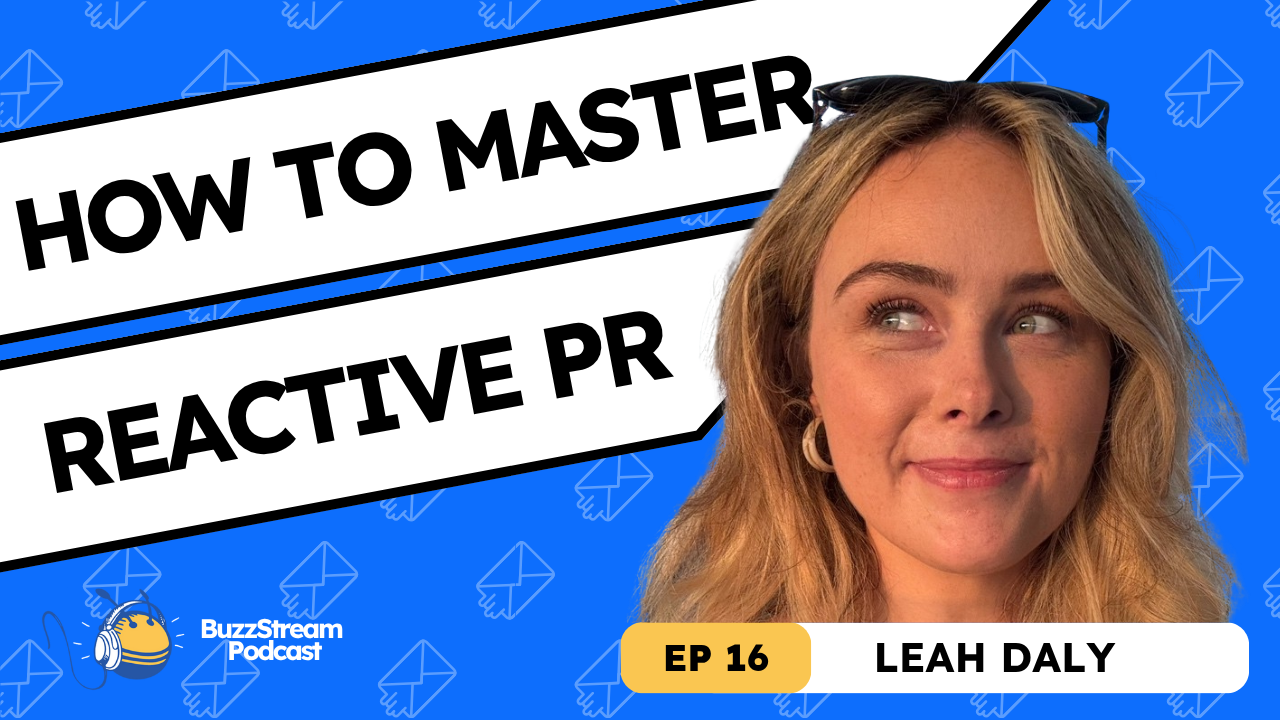
 Check out the BuzzStream Podcast
Check out the BuzzStream Podcast

